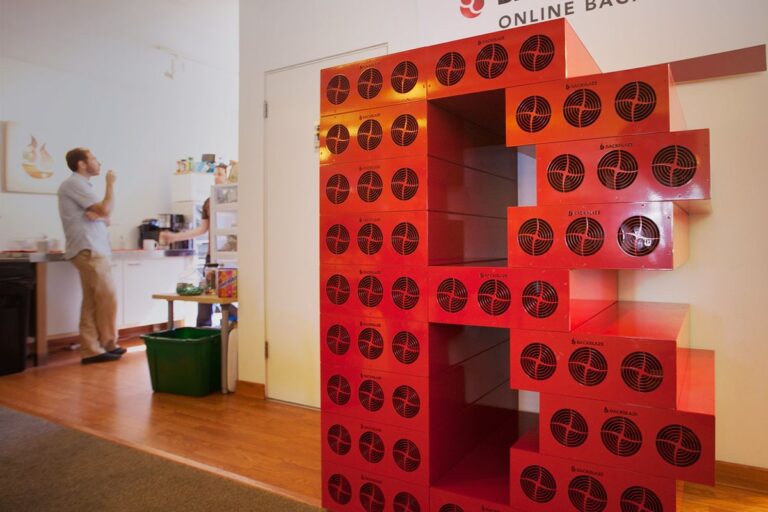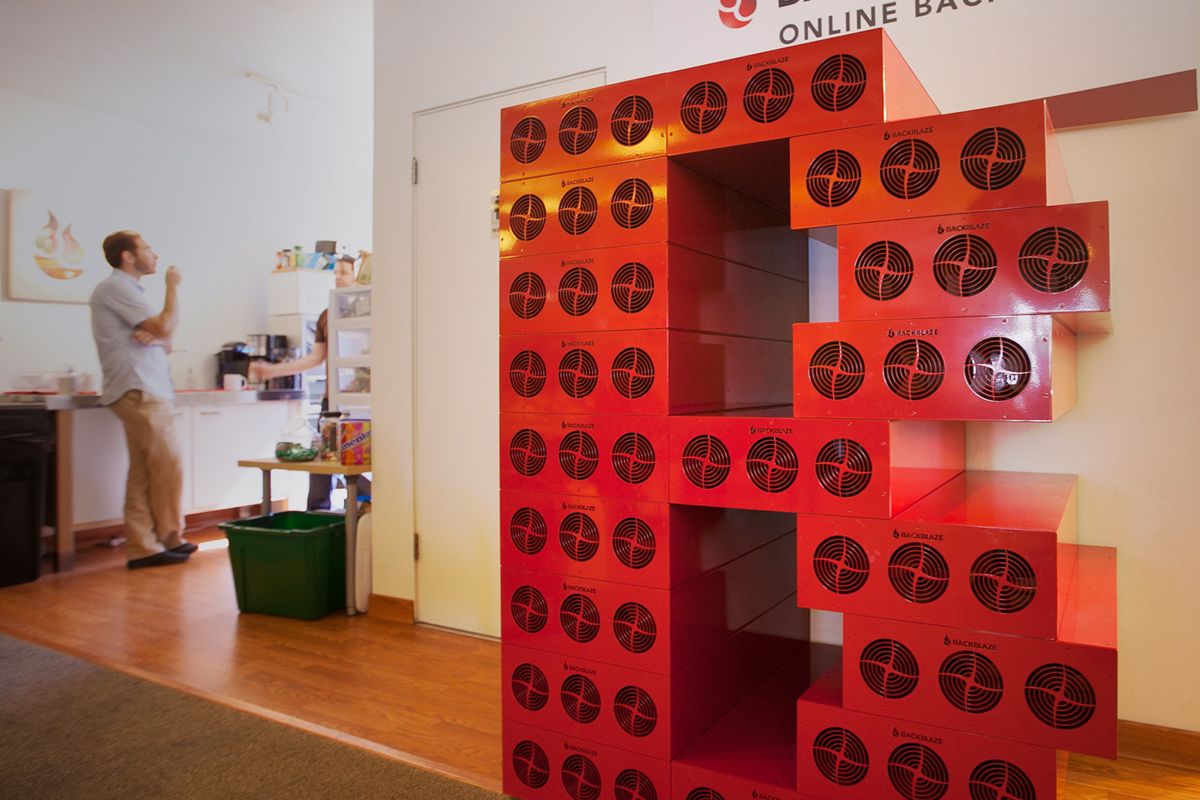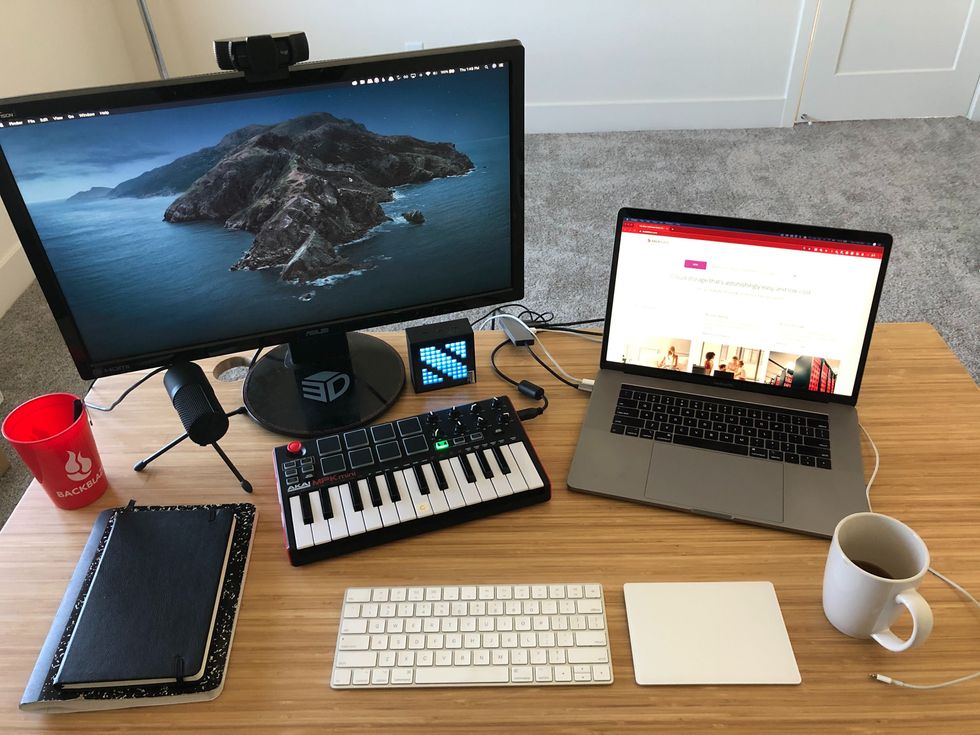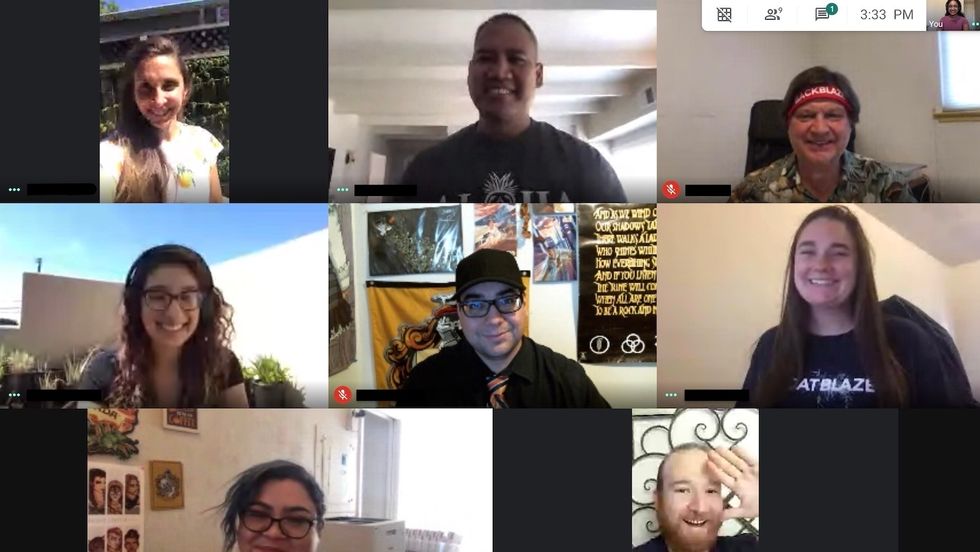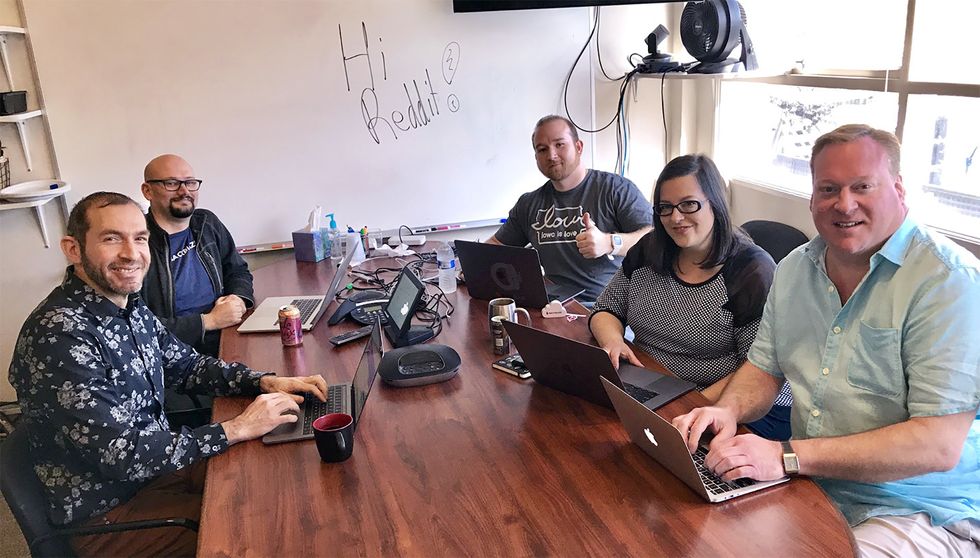5 Ways To Be A Happier, More Confident YOU

Have you noticed that when you’re happy, you tend to be more productive, confident, and successful? Heck yeah! That said, we’re all guilty of feeling negative sometimes, which can significantly damage those things.
Here are some things you can do to be a happier, more confident you:
Vow To Stop Negative Self-Talk

When you’re feeling discouraged about something, it can be easy for the evil negative self-talk (a.k.a. NST) to take over. Don’t allow yourself to say (or THINK) things like, “I’ll never get a job” or “I’m never going to be good enough.” When you focus on this negative mindset, those thoughts turn into motivation-suckers.
In addition, NST can be a big, fat barrier between you and strong relationships with others. According to WebMD, people who think negatively tend to be less outgoing and have weaker social networks than positive thinkers. Studies link positive emotions with more satisfying relationships. So, if you want to build a strong network, your first step is to have a more positive outlook on life!
Find A Reason To Smile Every Day

Whenever you feel down, try to find something to smile about (ex: take a fun online quiz, look at cute puppy videos, or check out funny listicles). If you find yourself giving into negative emotions, allow yourself five minutes to find something to smile about. Honestly, it works!
Embrace Your Quirks

Think about this quote from Dr. Seuss: “You have to be odd to be number one.”
Your little quirks make you who you are. They make you stand out from everyone else. In a world where everyone is fighting to stand out from the crowd, there’s never been a better time to embrace what makes you different. Quirks are what give you flavor. Stop wasting time and energy on trying to be someone you’re not. Accept yourself and embrace those little things that make you… you.
Learn How To Take A Compliment

You may compliment others all the time, but what happens when someone compliments YOU? Do you smile and say, “thanks!” or do you instantly try to undermine yourself? There are many of us out there who are guilty of this. According to this article in LifeHack, many people feel they don’t deserve positive feedback, and anyone who pays them a compliment must be either lying, misguided, or feeling sorry for them.
Here are some tips for how to take a compliment:
- Own your accomplishments
- Be appreciative
- Be honest and optimistic about the future
- Recognize your contribution
- Follow up
- Be gracious
Be Thankful

Say thank you. Whether a stranger opens a door for you or your boss gives you a raise, always say thank you. Studies show that showing gratitude makes us happier. Make an effort to give thanks to those who deserve it.
By doing these five things daily, you’ll be one step closer to being a happier, more confident you.
Need more help gaining confidence, especially when it comes to your career?
We’re here for you!
We’d love it if you joined our FREE community. It’s a private, online platform where workers, just like you, are coming together to learn and grow into powerful Workplace Renegades.
It’s time to find work that makes you feel happy, satisfied, and fulfilled. Join our FREE community today to finally become an empowered business-of-one!
This article was originally published at an earlier date.








